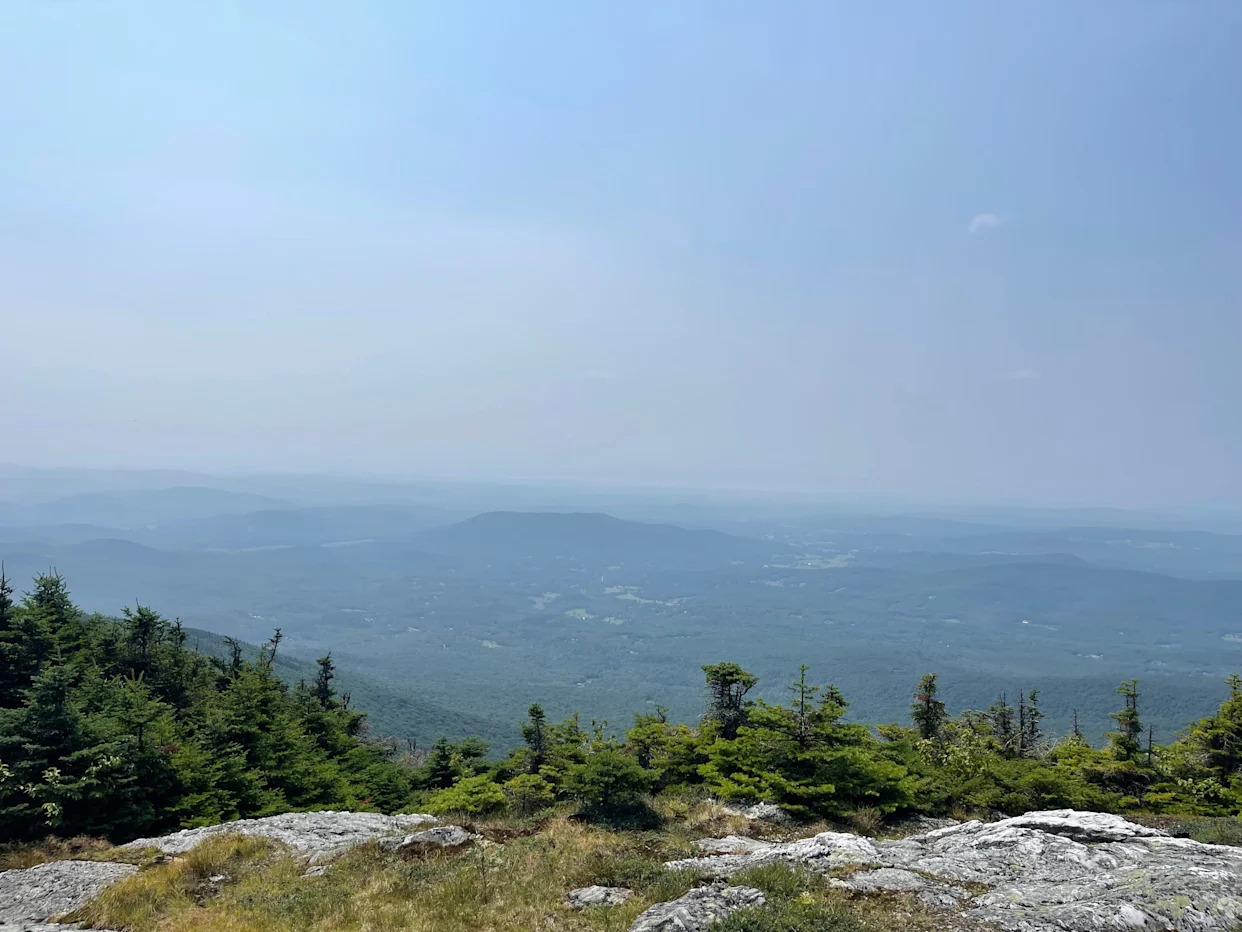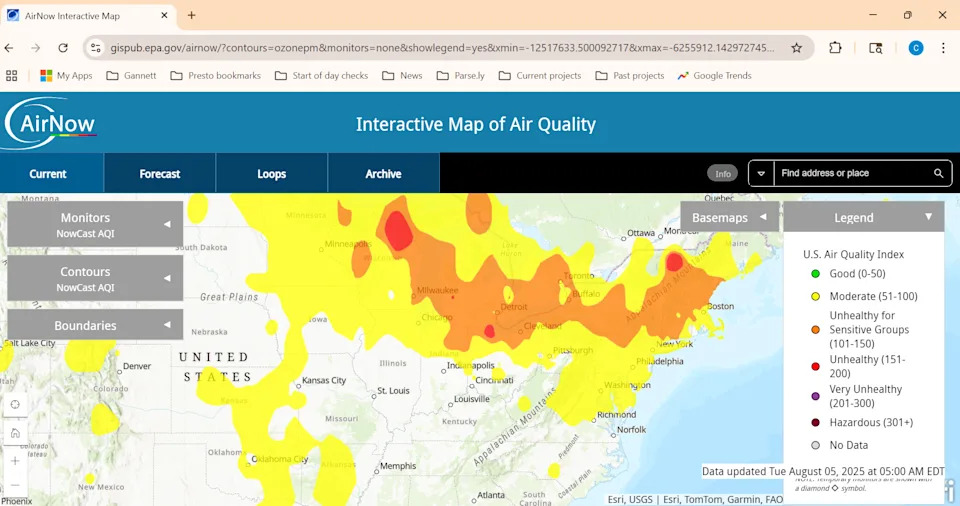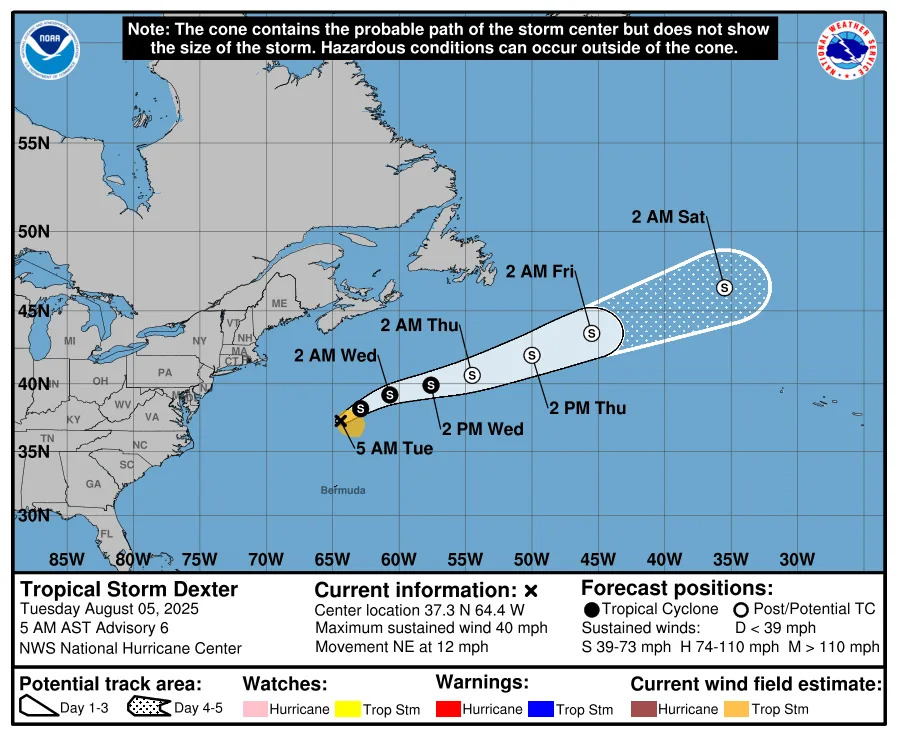
Smoke from hundreds of wildfires in Canada is lingering over the northern U.S., spreading across to roughly a dozen states from Wisconsin to Maine. Hazy skies and reduced air quality are expected to affect millions in the coming days.
The smoke first reached the northern Midwest late last week, bringing some of the world’s worst air quality to cities like Chicago and Milwaukee on July 31. Since then, shifting winds and newly ignited fires have expanded the smoke plume across much of the Great Lakes region and Northeast.
Although wildfires have burned more than 2.5 million acres across Canada throughout the year, recent outbreaks in northern Manitoba and Saskatchewan have sent dense smoke into nearby states just south of the U.S.-Canada border.
Their proximity to the northern U.S. — combined with low humidity, shifting winds and a persistent heat dome that created stagnant air in late July — has fueled the spread of smoke across the border, worsening air quality in some of the country’s most densely populated cities.
More: The weather is gorgeous this week but there's a catch - smoke from Canadian wildfires
When will air quality improve?
Air quality in the Northeast will remain poor Tuesday, Aug. 5, with the Air Quality Index (AQI) projected to reach 166–174 — a level considered “unhealthy” for the general population, according to AQICN.org.
Some improvement is expected by midweek, with clearer skies likely by late Friday, Aug. 8.
In the Great Lakes states, relief may come as early as Wednesday, when severe storms are forecast to move through the northern Plains, including parts of South Dakota and North Dakota. The storms — combined with shifting winds and increased atmospheric mixing — could help disperse the smoke and improve air quality across the region.
Which states are affected by the Canadian fires?
Areas in the following states are "Unhealthy for sensitive groups," according to AirNow:
Wisconsin
Iowa
Illinois
Indiana
Michigan
New York
Maine
Ohio
Pennsylvania
Vermont
New Hampshire
Side effects of inhaling wildfire smoke
Wildfire smoke can irritate one's eyes, nose, and throat and cause the following symptoms:
Coughing
Chest tightness
Shortness of breath
Dizziness
Fatigue
Particulate matter (PM) is one of the main components of wildfire smoke, comprised of small particles of solids or liquids suspended in the air, USA TODAY previously reported.
What the AQI Index means
0–50 (Good): Air quality is satisfactory; little or no health risk.
51–100 (Moderate): Generally acceptable, but may affect those unusually sensitive to air pollution.
101–150 (Unhealthy for Sensitive Groups): Risk increases for children, older adults, and people with heart or lung conditions.
151–200 (Unhealthy): Everyone may begin to experience health effects; sensitive groups may be more seriously impacted.
201–300 (Very Unhealthy): Emergency conditions; health alert for the entire population.
301–500 (Hazardous): Serious risk for everyone; avoid all outdoor activity.
Check the map below for real-time AQI in your area. Green indicates good air quality, yellow is moderate, and orange is unhealthy for sensitive groups.
Are any fires contained in Canada?
Wildfires continue to burn across Canada, where more than 2.5 million acres have already been scorched this year — putting the country on pace for one of its worst fire seasons in decades.
As of Aug. 5 there were 748 active wildfires nationwide, including 199 classified as “out of control,” according to the Canadian Interagency Forest Fire Centre. Eleven new fires ignited Monday alone.
This article originally appeared on Burlington Free Press: Hazy skies, poor air linger in Vermont: See Canada wildfires smoke map








Comments